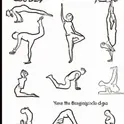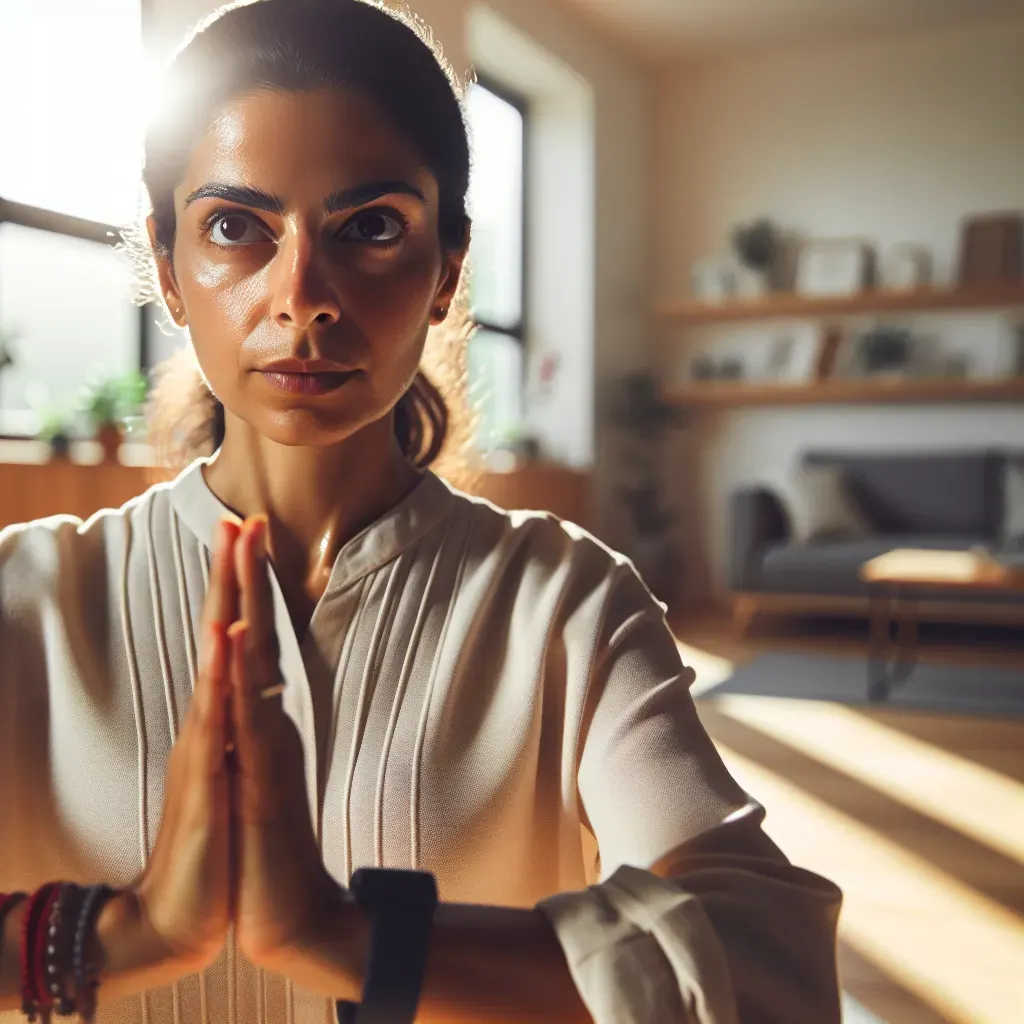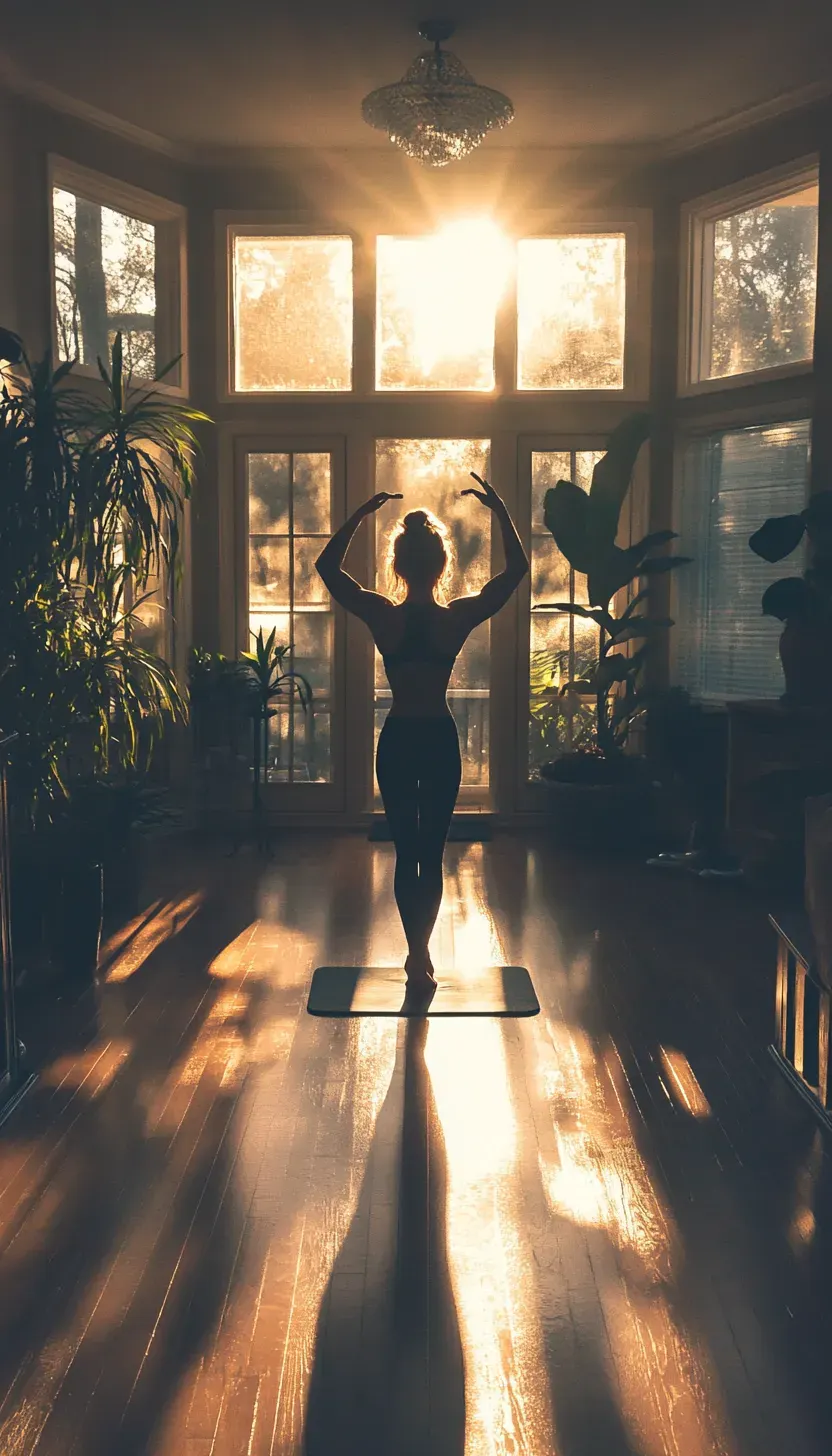How Long Should I Hold Each Yoga Pose?
Table of Contents
1. Introduction: The Importance of Holding Yoga Poses
- Benefits for Mind-Body Wellness
- Cultivating Patience and Focus
2. 1. Initial Hold Time
- Starting with 10-30 Seconds
- Building Strength and Flexibility
- The Significance of a Gentle Start
3. 2. Assessing Comfort and Stability
- Focusing on Breathing and Alignment
- Recognizing Discomfort and Improper Alignment
- Adjustments and Modifications for Safety
4. 3. Developing Strength and Endurance
- Gradually Extending Hold to 20 Seconds
- Techniques for Maintaining Balance and Stability
- Monitoring Muscle Engagement and Relaxation
5. 4. Enhancing Flexibility
- Extending Hold to 30 Seconds for Flexibility
- Deepening Stretches with Breath
- Preventing Overstretching and Injuries
6. 5. Rest and Recovery
- Importance of Rest Between Poses
- Techniques for Muscle Relaxation
- Incorporating Deep Breathing During Rest
7. 6. Progressively Increasing Hold Times
- Strategies for Safely Increasing Hold Times
- Balancing Challenge and Injury Prevention
- Setting Realistic Goals for Progression
8. Conclusion: Maximizing the Benefits of Yoga Practice
- Embracing Consistency and Patience
- Listening to Your Body
- Practical Tips for a Safe and Effective Practice
Benefits Of Holding Yoga Poses For Mind-Body Wellness
Yoga is more than just a physical practice; it's a journey of self-discovery and mindfulness. By holding each pose, we cultivate patience, focus, and presence, allowing our bodies to release tension and our minds to find stillness. This article will guide you on how long to hold each yoga pose, helping you build strength, flexibility, and a deeper mind-body connection.
Initial Hold Time
Start by holding each yoga pose for about 10-30 seconds to build strength and flexibility. Allowing your body to ease into each pose can create a profound connection between mind, body, and breath. This brief moment of stillness serves as an opportunity to engage deeply with the present moment, fostering mindfulness and internal awareness. Gradually extending the duration of each pose helps you cultivate both physical strength and mental resilience, empowering you to push through boundaries on and off the mat.
In the world of yoga, starting gently might seem like a modest approach but holds immense significance. A gentle start sets the tone for your practice, allowing you to ease into each pose with mindfulness and awareness. It honours your body's unique needs and capabilities, preventing injuries and building a strong foundation for progression. By embracing this slow beginning, you cultivate patience and self-compassion towards yourself on the mat.
When determining how long to hold a yoga pose, it's essential to consider individual comfort and ability. The range of 10-30 seconds provides flexibility for beginners to gradually build strength and endurance without pushing beyond their limits. For more experienced practitioners, holding poses at the upper end of the range can deepen the stretch and challenge muscles in new ways.
Assessing Comfort And Stability
Spend the first 10 seconds focusing on your breathing and alignment. Proper alignment is the key to maximizing the benefits of yoga poses. One important tip is to listen to your body and make adjustments as needed. Remember that each person's body is unique, so what works for one may not work for another. Utilize props such as blocks or straps to help you align your body correctly and prevent straining yourself.
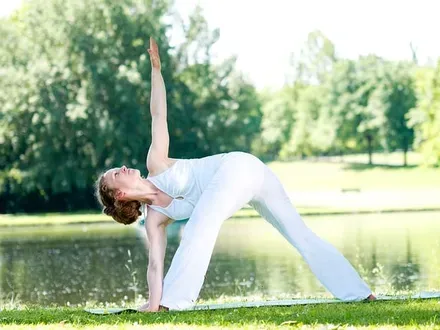
Deep, steady breaths are the unsung heroes of any yoga practice, allowing for greater focus and control during each pose. By consciously inhaling and exhaling deeply, we oxygenate our muscles, calm the mind, and enhance our overall workout experience. The rhythm of our breath serves as a guide, helping us move seamlessly from one pose to the next with grace and ease.
Developing Strength And Endurance
Gradually extend the hold to 20 seconds as your muscles warm up. One technique to maintain balance and stability in yoga poses is to focus on engaging your core muscles. By activating your abdominal muscles, you can create a strong centre of gravity that helps you stay grounded and steady in various poses. Additionally, paying attention to your breath can greatly enhance your stability as it helps you connect with the present moment and provides a sense of calmness that supports better balance.
As you settle into a yoga pose, the key to maximizing its benefits lies in finding mental focus and staying present in the moment. Instead of letting your thoughts drift to distractions or worries, challenge yourself to fully inhabit the pose with mindfulness. By tuning into your breath, the sensations in your body, and the alignment of each muscle, you can deepen your practice both physically and mentally.
Enhancing Flexibility
Extend the hold to 30 seconds if comfortable, to improve flexibility. One powerful technique to deepen your stretch in yoga poses is by focusing on the breath. As you move into a pose, inhale deeply to create space and length in the body. Then, as you exhale, allow yourself to sink deeper into the stretch. This controlled breathing not only aids in relaxation but also helps release tension in tight muscles, allowing for a deeper and more effective stretch.

Listening to your body during yoga practice is crucial to prevent overstretching and risking injury. While it can be tempting to push ourselves to reach deeper into a pose, it is essential to recognize the signals your body sends you. Sensations like discomfort or pain are signals that you may be pushing too far. By tuning in and honouring these messages, you can protect yourself from harm and promote a safe and sustainable yoga practice.
Rest and Recovery
After each pose, take a 5-10 second rest to allow your muscles to recover. Rest periods are essential in preventing fatigue during any physical activity, including yoga. While holding a pose is important for building strength and flexibility, allowing adequate rest between poses is equally crucial. This rest period gives your muscles time to recover and replenish energy, reducing the risk of overexertion and potential injuries.
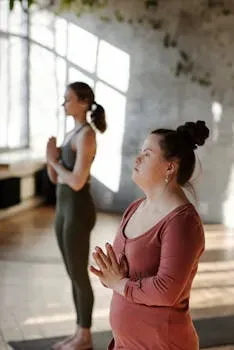
One effective technique for relaxing the muscles and preparing for the next pose in yoga is to focus on deep breathing. As you hold a pose, take slow, deliberate breaths, filling your lungs completely and then exhaling slowly. This can help release any tension in the muscles and create a sense of calm before transitioning to the next movement.
Progressively Increasing Hold Times
Progressively increase the hold times as you become more comfortable and listen to your body's feedback on when to deepen or release the pose. One effective strategy for safely increasing hold times in yoga poses is to focus on proper alignment and technique. By starting with a strong foundation and ensuring that your body is correctly positioned, you can gradually work towards holding the pose for longer periods without risking injury.
Understanding the importance of self-awareness and body signals is crucial when practising yoga. It goes beyond simply holding a pose for a certain amount of time; it involves tuning in to how your body feels and responds in each moment. By being in tune with your body signals, you can prevent injuries, ensure proper alignment, and fully experience the benefits of each posture.
Maximizing Yoga Benefits: Safe And Effective Practice Tips
By beginning with a shorter duration and gradually increasing the hold times of each yoga pose, you can maximize the benefits of your practice while minimizing the risk of injury. This mindful approach allows you to build strength, flexibility, and endurance safely and effectively. Always listen to your body and make adjustments as needed to ensure a sustainable and rewarding yoga practice. Consistency and patience are key to experiencing the full physical and mental benefits of yoga. Keep practising, stay present, and enjoy the journey towards a healthier, more balanced life.
Lastly, seek guidance from experienced instructors or reliable resources to refine your technique and understanding of different poses. Continual learning and exploration will not only keep your practice safe but also enrich it with new dimensions of growth and self-discovery.
People Also Asked
1. Q: How long should a beginner hold each yoga pose?
A: Beginners should start by holding each yoga pose for about 10-30 seconds. This duration helps build strength and flexibility without overexerting the body.
2. Q: Why is it important to hold yoga poses?
A: Holding yoga poses is crucial for building muscle strength, increasing flexibility, and developing mental focus. It also allows the body to release tension and promotes mindfulness.
3. Q: Can I hold yoga poses for longer than 30 seconds?
A: Yes, as you become more experienced and comfortable, you can gradually increase the hold time to enhance endurance and deepen your practice. Listen to your body and avoid overstretching.
4. Q: How do I know if I'm holding a pose correctly?
A: Proper alignment is key. Focus on engaging your core, keeping joints aligned, and using props if necessary. If you feel sharp pain or discomfort, adjust your pose or consult a yoga instructor.
5. Q: What are the benefits of holding yoga poses for a longer duration?
A: Holding poses longer can improve muscle endurance, deepen stretches, enhance flexibility, and promote a stronger mind-body connection. It also helps in cultivating patience and mindfulness.
6. Q: How should I breathe while holding a yoga pose?
A: Practice deep, steady breathing. Inhale to create space and length in the body, and exhale to release tension and sink deeper into the pose. Breathing helps maintain focus and relaxation.
7. Q: Is it normal to feel discomfort while holding yoga poses?
A: Mild discomfort is normal as your muscles stretch and strengthen. However, sharp pain or significant discomfort indicates improper alignment or overstretching. Always listen to your body and adjust as needed.
8. Q: How can I increase my hold times safely?
A: Increase hold times gradually, focusing on proper alignment and listening to your body's signals. Incorporate rest days and use props to support your practice. Consistent practice will naturally improve endurance.
9. Q: How important are rest periods between yoga poses?
A: Rest periods of 5-10 seconds between poses are essential for muscle recovery and preventing fatigue. They also provide an opportunity to reset your breath and prepare for the next pose.
10. Q: Can holding yoga poses improve mental focus?
A: Yes, holding yoga poses requires concentration and mindfulness, which enhances mental focus. This practice helps cultivate a sense of presence and can lead to greater emotional stability off the mat.
Recommended Resources
1. Yoga Mats: High-quality, non-slip mats for comfort and stability during poses.
2. Yoga Blocks: Support blocks to assist with alignment and deepen stretches.
3. Yoga Straps: Straps help with flexibility and reaching difficult positions.
4. Yoga Bolsters: Cushions for added support in restorative poses.
5. Yoga Wheels: Tools for enhancing flexibility and relieving back pain.
6. Yoga Apparel: Comfortable, moisture-wicking clothing designed for yoga.
7. Meditation Cushions: Cushions to support seated meditation practices.
8. Essential Oils: Aromatherapy oils to create a calming atmosphere during practice.
9. Yoga Towels: Absorbent towels to keep your mat dry and provide extra grip.
10. Foam Rollers: Rollers for muscle recovery and deep tissue massage.
11. Yoga Bags: Stylish and functional bags for carrying yoga gear.
12. Water Bottles: Reusable bottles to stay hydrated during practice.
13. Yoga Socks: Grip socks for extra stability during poses.
14. Yoga DVDs/Online Classes: Instructional videos for at-home practice.
15. Eco-Friendly Yoga Gear: Sustainable yoga products like mats and blocks made from recycled materials.
